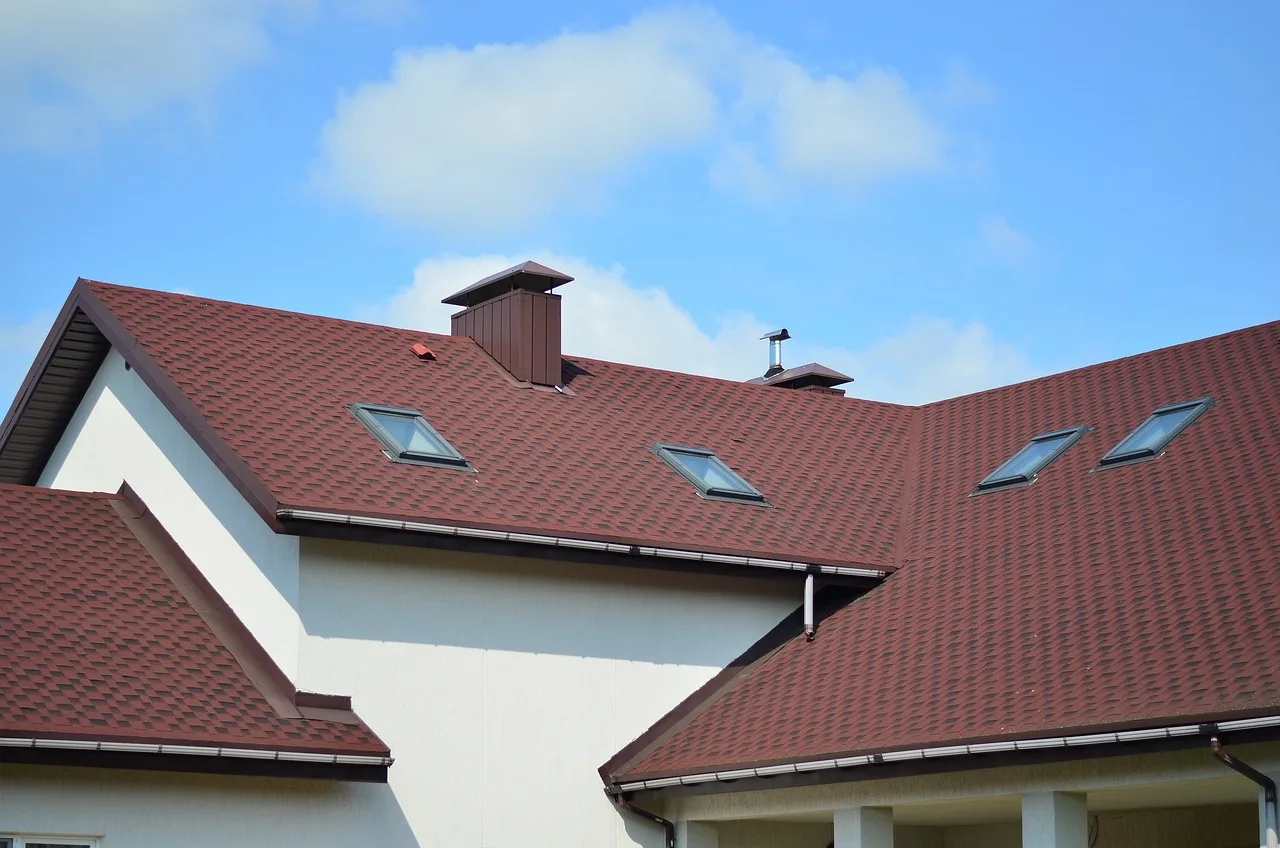No homeowner enjoys the discovery of a leaking roof, a problem that brings frustration and potential damage to the comfort of our homes. The reasons behind this unwelcome surprise can be numerous, varied, and sometimes perplexing.
In this guide, we aim to shed some light on the key culprits that could be causing your roof to leak. Understanding these causes can help you identify the problem quickly and seek professional help when necessary, potentially saving you time, money, and further hassle down the road.
Cracked Flashing
Flashing is material applied to seal joints and other vulnerable areas on your roof, such as around chimneys, vents, and skylights. By understanding roof flashing, we can see why it may become cracked and cause leaks. Flashings are typically made from metals such as aluminum or copper, making them both durable and cost-effective. Over time, exposure to weather conditions can cause flashing to crack. Neglecting these cracked flashings can allow water to seep underneath, leading to leaks. Regular inspection and maintenance can prevent this issue and keep your home safe and dry.
Age
Roofs are not exempt from the natural wear and tear that comes with time. As your roof ages, the materials used can deteriorate, losing their ability to keep water out. Sun exposure, extreme weather conditions, and fluctuations in temperature can cause roofing materials to become brittle and crack, creating an access point for water.
Older roofs may also have outdated or inferior materials that are more susceptible to leaking. Some signs of an aging roof can include missing or curled shingles, discolored streaks, and granules in your gutter. If your roof is over 20 years old, it may be time to have it inspected for potential leaks or to consider a replacement.
Gutter Blockages
Gutters play a crucial role in directing water away from your roof and the foundation of your home. However, when they become clogged with leaves, debris, or ice during winter months, rainwater cannot flow freely through them. When this happens, water can build up on your roof and leak into your home.
To prevent these blockages and potential leaks, it is essential to clean your gutters regularly, especially during the fall season when leaves are more prevalent. You can also install gutter guards to keep debris out and water flowing smoothly.
Damaged or Missing Shingles
Shingles act as a protective barrier between your roof’s underlayment and the elements. If shingles become damaged, cracked, or go entirely missing, they can no longer keep water out effectively. This issue is especially common after a severe storm or high winds.
Inspect your roof for any signs of damage, such as missing or buckled shingles, and replace them promptly to prevent further leaks. If you are unsure how to inspect your roof safely, it is best to hire a professional who can do so for you.
Inadequate Roof Ventilation
Without adequate ventilation, hot air and moisture can become trapped in your attic, causing damage to the structure of your roof and leading to leaks. To ensure proper ventilation, make sure that your vents are not blocked or covered by insulation. You can also install additional vents or a ridge vent system to promote airflow and prevent excess moisture buildup. Adequate ventilation can also regulate the temperature in your home and potentially save you money on energy bills.
While a leaking roof can be frustrating, identifying the cause of the leak is crucial to fixing the problem effectively. By understanding these common causes, you can take preventative measures and address any issues promptly before they become more significant. Regular inspections, maintenance, and proper ventilation can keep your roof in good condition and your home safe from potential water damage. If you do experience a leak, don’t hesitate to seek professional help to address the issue and prevent further damage.






